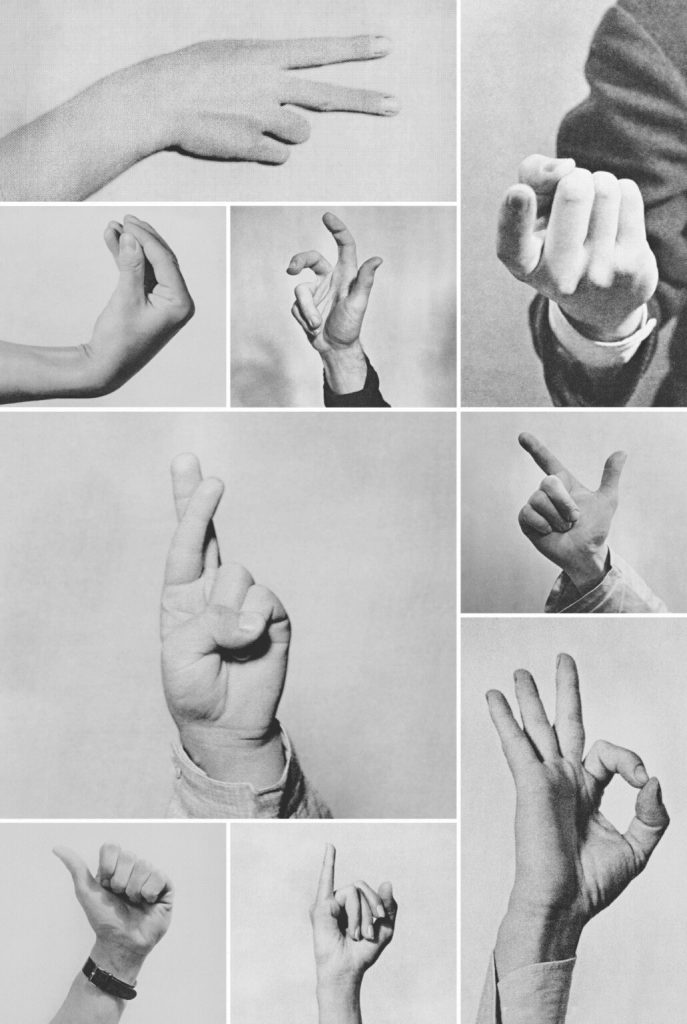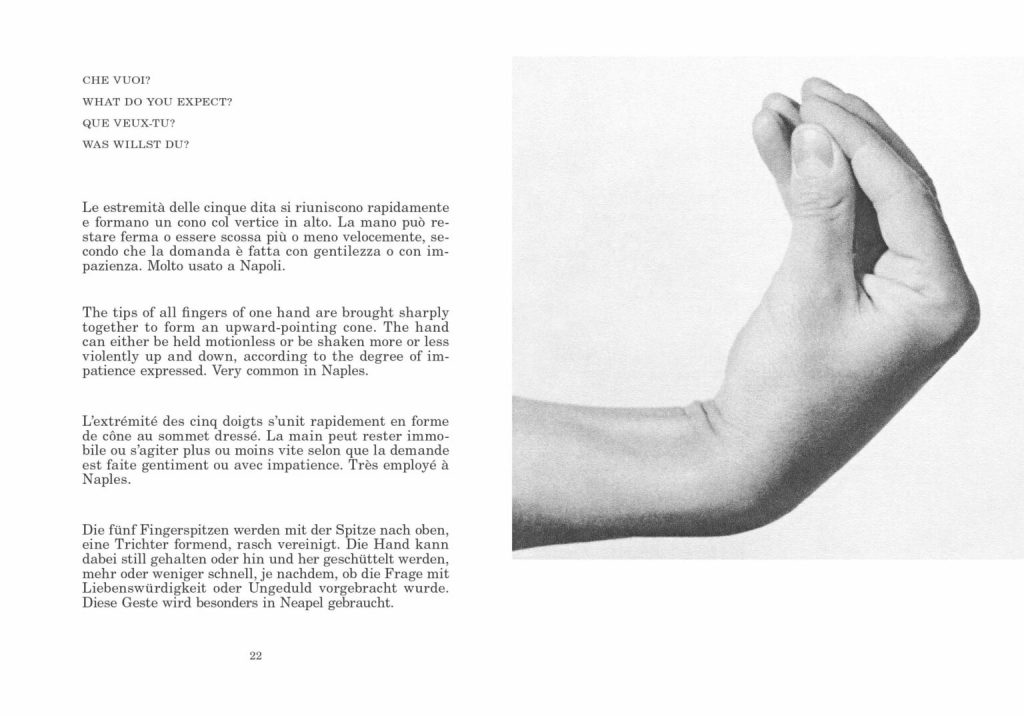
In the contemporary era of intercultural globalization, cultures no longer compete or overshadow one another; instead, there is a crucial necessity for active listening, understanding, and mutual recognition. Amidst this context, although human creativity remains a constant capability, the process of creative production undergoes a significant transformation.
Motivated by a proactive commitment to culturalization, we will delve into a thorough analysis of this emerging requirement. Subsequently, we will explore a specific case study, directing our focus towards the proactive intercultural creative process that shaped our most recent brand campaign, “Human Touch.” In the culmination of our creative endeavor, the commercial has exceeded expectations in both brand awareness and engagement. We’ve effectively elevated an Italian concept into an international ready script, streamlining the process for scalability.
However, this achievement just marks the commencement of our journey. As we gaze into the future, we plan to kickstart a new project next year. Ensuring authenticity in localization is our paramount focus, and the first step will involve initiating collaboration with local creatives from the outset. By infusing internationally ready content with genuine local flavors, our ultimate aim is to create distinctive short films tailored to resonate with the nuances of each specific culture.
In the ever-evolving realm of creativity, language has historically served as the primary means of communication. However, a deeper exploration of various cultures reveals the limitations of language in establishing authentic connections with diverse audiences. This awareness leads us into the transformative realm of proactive culturalization—a journey that goes beyond linguistic barriers to create resonant and impactful creative content imbued with a profound cultural essence.
Our approach, which we call the Proactive Intercultural Creative Process, proves superior to cultural validation in generating creative impact, enhancing consumer engagement, and elevating the quality of creative thinking. In today’s consumer market, brands strive to forge deep connections with niche audiences by strategically aligning with fandoms, thus fostering innovation and convergence across various sectors such as fashion, food, beauty, sports, and retail. Initiating our process at the outset of the creative journey allows for the expansion of creative potential and its reach among niche audiences.
Simultaneously, digital culture not only preserves local cultures but also plays a role in facilitating their ability to thrive while maintaining a communal sense of rooted pride. Adopting an empathetic perspective and recognizing the rightful need for representation and credit for local cultures, brands can utilize creativity to empower these communities. The Intercultural Creative Process enables local cultures to inspire a broader audience with their deeply rooted sense of pride, contributing to a positive impact in the larger cultural landscape.

That’s why we prioritized involving local creatives right from the outset of our new brand campaign. Our collaboration with individuals from diverse cultures added authenticity, depth, and a distinctive perspective to our creative endeavors. By actively engaging with local creatives, we’re not only validating our ideas with the market, but also ensuring that our campaign resonates with the cultural nuances of our target audience.
Our Intercultural Creative Process offers several advantages:
Authenticity
Local creatives bring an authentic voice and a deep understanding of their culture, helping us steer clear of cultural misinterpretations or stereotypes in our campaign.
Relevance
The involvement of local creatives ensures that our campaign is deeply relevant to the specific cultural context, making it more relatable and appealing to our target audience.
Diversity of Ideas
Embracing different perspectives fosters creativity. Collaborating with individuals from various cultural backgrounds can lead to innovative ideas that might not have been generated within a more homogenous creative team.
Community Connection
By engaging local creatives, we’re strengthening our connection to the community. This not only contributes to a positive brand image but also fosters increased loyalty among the local audience.
Empowering Cultures
Providing a platform for local creatives allows them to express themselves and showcase their talent. It’s a mutually beneficial relationship where our brand gains from their creativity, and they, in turn, gain exposure.
We wanted to be sure to uphold open communication channels throughout the process, ensuring that our collaboration is always respectful, inclusive, and transparent. This approach not only enhanced our brand campaign but also made a positive contribution to the cultural landscape in which our brand operates.
“Human Touch”: Reading the Unspoken
We have the unique ability to translate every look, gesture, and touch into meaningful communication with one another. We’re able to do this because our cultural familiarity and understanding allows us to connect through every glance, every sign, every nuance.
“Human Touch,” is a new film by Translated that highlights the uniqueness of humans. It emphasizes the profound importance of the unspoken, which emerges as a universal idea. The inception of the creative idea is marked by a fundamental insight — nothing translates a human like a human — gestures take center stage, offering a non-verbal language steeped in cultural context. Every day, we humans translate language without words, even if we’re not always aware of it. We have the unique ability to translate every look, gesture, and touch into meaningful communication with one another. We’re able to do this because our cultural familiarity and understanding allows us to connect through every glance, every sign, every nuance.
When we read the creative script, we thought, “Wow, everyone will understand this because we have taken language out of conversation.” But then we realized we were completely wrong. When it comes to gestures, there’s many different multicultural perspectives.
Do gestures have the same meaning in every culture? No, they do not!
If you take the language out of the conversation, you have to be able to read the unspoken– and the unspoken varies from culture to culture.
In cultures like Japan, for example, the ability to read the unspoken becomes an intricate art form. Today, Japanese Gen Zers don’t want to speak on the phone anymore because they “cannot read the air”.
As Erin Meyer writes in her book, The Culture Map: “In the United States and other Anglo-Saxon cultures, people are trained (mostly subconsciously) to communicate as literally and explicitly as possible. Good communication is all about clarity and explicitness, and accountability for accurate transmission of the message is placed firmly on the communicator. – If you don’t understand, it’s my fault – By contrast, in many Asian cultures, including India, China, Japan, and Indonesia, messages are often conveyed implicitly, requiring the listener to read between lines. Good communication is subtle, layered, and may depend on copious subtext, with responsibility for transmission of the message shared between the one sending the message and the one receiving it. The same applies to many African cultures, including those found in Kenya and Zimbabwe, and to a lesser degree Latin American cultures (such as Mexico, Brazil, and Argentina) and Latin European cultures (such as Spain, Italy, Portugal) including France.”
Italy elevates communication through gestures, exemplified by figures like Munari and the revered “Dictionary of Gestures”.

To continue reading here

Leave a Reply